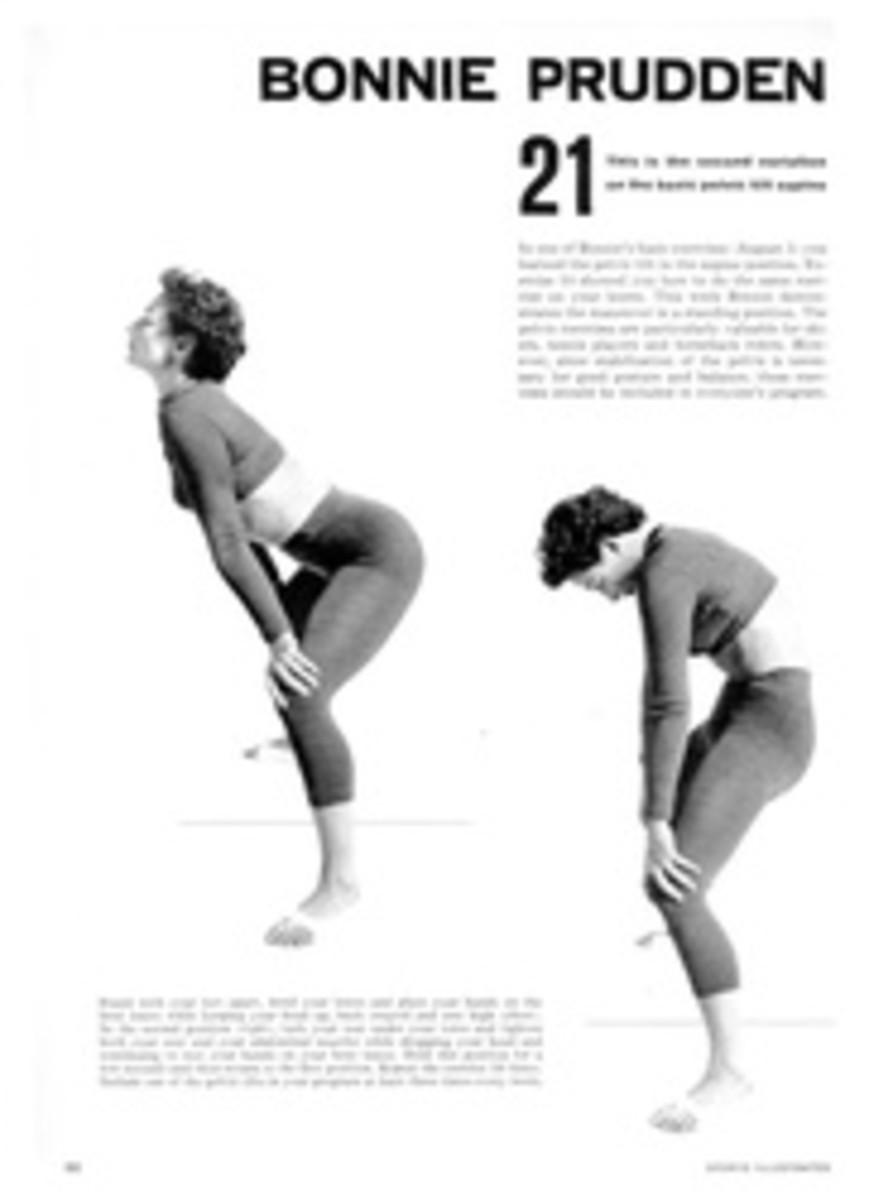
Charles Goren Gives You: 24 TIPS ON CRIBBAGE...AND 16 PROBLEMS
Any one of the following 24 tips may be enough to win a game for you.
LAYING AWAY (early in game)
Non-dealer:
1
Give opponent's crib "balking" cards—wide cards, separated by two or more ranks, reduce chances of a sequence; 10-point cards are also good balkers.
2
Give up a few points, if necessary, to avoid helping dealer's crib; but,
3
With a high-scoring hand, save the maximum count, even if your layaway must help the dealer.
4
As between 10-point cards, usually keep a jack, which may score 1 point for his nobs.
Dealer:
5
Give your own crib "near" cards that may help form a sequence.
6
Lay away a 5 if you can spare one, to take advantage of the likelihood opponent will throw 10-point cards.
7
Don't count only your hand. Give up a few points if it enhances the chance to improve both hand and crib.
Both players:
8
Usually hold a run, even at the expense of 15s. Runs have the best chance of improving.
9
With poor scoring hands, save low cards that may count for you in play.
10
Always consider the great likelihood that a 10-point card will be the starter.
LAYING AWAY (late in game)
Non-dealer:
11
With hand sure to go out, sacrifice count, if necessary, in order to keep down opponent's score in the play. Your hand counts first.
12
If dealer is sure to win, given a chance to count, sacrifice points in your hand if it will give you a chance at a big score with a lucky starter.
13
Don't break up your hand to avoid giving good cards to opponent's crib.
Dealer:
14
Whether you are ahead or not, a high count will be no good to you if opponent goes out before you can show. Break up scoring combinations, if necessary, in order to control play. Remember, if another deal is played, your hand will be counted first.
POINTERS ON PLAY
15
The best opening lead is a 4. Opponent cannot make 15 and, whatever he plays next, you will have a chance to do so.
16
Other low cards are safe leads, but 3-2-A are much more valuable when held to play for go or 31.
17
Avoid leading a 5. Also avoid 6, 7, 8 or 9 unless you have near cards which will enable you to counter if your opponent scores.
18
As between two scoring plays, play so as to leave the opponent unable to counter without going over 31.
19
With choice of scoring plays, choose the one that leaves you the best chance to control go, or to make 31, or the one that will give your opponent the least chance of countering.
20
When well ahead, play "off"—that is, away from scoring chances—even by sacrificing points you might score, unless you have a sure counterscore.
21
When opponent is ahead, or as dealer when he may count out in the showing, "play on," risking an opposing score if it improves your chance to win during the play.
22
Holding all low cards may help your opponent control two goes.
23
Consider the cards opponent plays as clues to the other cards he is likely to have kept.
24
With choice of plays, select the one which gives your opponent the vaguest clue to your hand.
The following situations occur in the early or middle game with no great discrepancy in the score. In each of the following examples, which cards would you lay away i) to your own crib; ii) to opponent's crib...
Q with 10-9-8-7-7-6?
A i) 10-9. ii) 10-6. Each retains the double run but puts near cards in your own crib, wide cards in opponent's to lessen likelihood of run.
Q with J-9-5-2-2-A?
A i) J-5. This costs you a 15, as compared with laying away 2-2, but it takes advantage of the likelihood your opponent will throw 10-point cards and leaves you with a fine chance to improve if starter is any card but 7 or 8.
ii) 9-A. You cannot consider laying away either the 5 or the pair of deuces. You leave yourself 4 points and hope the starter will be 2, 3, 8 or any 10-point card.
Q with 9-7-4-3-2-A?
A i) 9-7. It is well worth the sacrifice of a 15 to put two near cards in your crib and leave your hand with a four-card run which must improve from two to six points, regardless of the rank of the starter.
ii) 7-A. Wide cards to the opponent, with a score of five and improvement of from one to seven points sure unless starter is a 7.
Q with Q-9-7-6-4-2?
A i) or ii) Q-7. This leaves you with two 15s, a fair chance to improve and a reasonably flexible hand for the play.
Q with Q-J-10-9-6-6?
A i) 6-6, leaving both hand and crib best chance to make a big score.
ii) Q-6. Balking cards, leaving you a score of 5 and a fair chance to improve with favorable starter.
Q with J-10-7-4-4-A?
A i) J-10. Dealer can afford to sacrifice a 15 to put two near cards in his crib, expecting high-card layoffs.
ii) 10-7, leaving you a 6-point score. While J-7 would be wider, the chance to score a point for his nobs is well worth the slight additional risk.
In each of the following cases, which card would you lead...
Q with J-10-4-A?
A The 4. Classically best and safest in almost all circumstances.
Q with 8-8-7-6?
A An 8. If dealer plays 8 for 2, you score 6 with an 8 for pair royal; if he plays 7 for 2 (a 15), you counter with 7 for 2, or with 6 for 3.
Q with K-K-Q-3?
A A king. If he pairs you will pair royal and also make a possible go. You are playing for the go possibility if he should play any 10-point card, and you have a fair chance of controlling first go if he plays any card from 5 to 8.
Q with K-5-5-A?
A The king. The 5 will almost surely give him a 15; the ace is your hope of a go or a 31.
In each of the following cases, which card would you play in response to the lead by N (non-dealer)?
Q N leads 8. Dealer's hand: K-10-5-A.
A The king. The 10 is too near; the 5 and A are best retained for later.
Q N leads 4. Dealer's hand: Q-7-7-6.
A The queen. If opponent has an ace, the 15 for which he scores may cost him a later go. If he plays any 10-point card your 7 will give you 31 for 2.
Q N leads 7. Dealer's hand: 5-5-4-4.
A The 5. If N counters with a 6 for a run of three, or with a 3 for fifteen 2, you will retaliate with a 4 for a run, scoring 4 or 3.
Q N leads 6. Dealer's hand: 7-4-3-A.
A The 4. This is a case where you must play "on" risking that he has a 5 and will score 5 (2 for 15; 3 for run). In return you will play 7 for 4 with reasonable expectation of controlling the go.
In the following questions, either player can win the game by scoring four points.
Q What should dealer and non-dealer lay away with the following hand: K-7-5-4-2-A?
A i) K-2. It is difficult to prescribe an exact answer, but the point here is to hold the best playing combination, ignoring all other considerations. Dealer cannot hope to get to show his hand and must score 4 points in play while preventing his opponent from doing so.
ii) 7-2. Non-dealer leaves himself a hand with wide cards that will enable him to play "off" but he cannot afford to strip himself of a count that will ensure winning the game even if he fails to score a point in the play. He hopes that this may turn out to be one of those deals in which only go will be scored. However, he has a perfect lead, the 4, and a good chance for 15 if dealer plays a 10-point card.
Q N leads 4. What should dealer play from: K-7-2-A?
A The K. In order to score for 15, his opponent will have to play ace. Dealer will retaliate with ace scoring 2 for pair and with 7-2 remaining he stands a reasonable chance of controlling the go and winning the game.
PHOTO
TWO GOOD CRIBBAGE HANDS; NEW TYPE BOARD PERMITS SCORING ALONG SINGLE SNAKY ROUTE INSTEAD OF UP AND DOWN LINES

